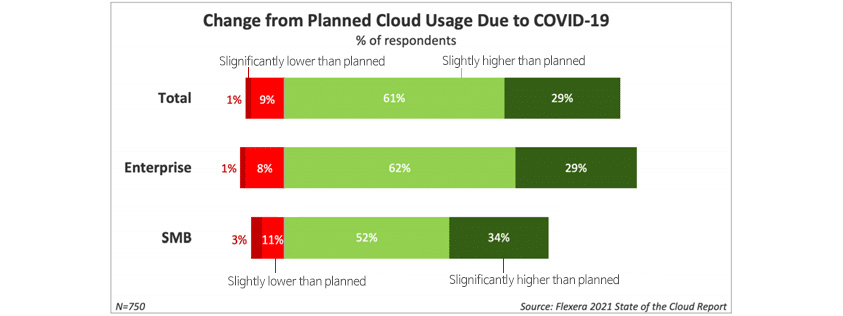
The COVID has made us experience a “speed of change” we’ve never felt before. Customers moved to online channels rapidly during the pandemic, and companies accelerated digital innovation much faster than before the pandemic to meet the requirements of the customers. According to the survey by McKinsey, respondents said that more than 80% of customer interactions are essentially based on digital channels compared to pre-pandemic numbers. It tells you that many companies are using digital channels for customer interactions.

- global-adoption acceleration 3 years - 2017년 6월 20%,2018년 5월 20%,2019년 12월 36%,2020년 7월 58%
- asia pacific-adoption acceleration 4 years - 2017년 6월 22%,2018년 5월 19%,2019년 12월 32%,2020년 7월 53%
- europe-adoption acceleration 3 years - 2017년 6월 18%,2018년 5월 19%,2019년 12월 32%,2020년 7월 55%
- north america-adoption acceleration 3 years - 2017년 6월 25%,2018년 5월 25%,2019년 12월 41%,2020년 7월 65%
- years ahead of the average rate of adoption from 2017 to 2019.
Digital transformation was never as important as it is now. As a matter of fact, the pandemic has caused the companies to reconsider changing most of the processes into digital, while adapting to the new situation of working from home and distributed operations. The development of cloud technology has made digitalization faster and smarter. The role of cloud has become more important as a means to recover business during the pandemic. According to the survey by Flexera, 90% of the respondents said that cloud usage has increased more than initially planned. The cloud platform has become the core of the digital innovation ecosystem to drive new business models.

- total-slignificantly lower than planned:1%,slightly lower than planned:9%,slightly higher than planned:61%,slignificantly higher than planned:29%
- enterprise-slignificantly lower than planned:1%,slightly lower than planned:8%,slightly higher than planned:62%,slignificantly higher than planned:29%
- SMB-slignificantly lower than planned:3%,slightly lower than planned:11%,slightly higher than planned:52%,slignificantly higher than planned:34%
- source:flexera 2021 state of the cloud report
A survey by Gartner shows that the world’s recent expenditure on public cloud service is expected to increase by more than 16% in 2022. That is because in the medium and long term, cloud-based solutions are considered very important in responding more quickly to the market needs and providing business models based on self-services. The cloud helped the companies provide innovative services which met customer requirements while securing new sources of income. That’s how their IT dependency grew. It was for retaining stronger, safer platforms. In other words, the cloud provides stable platforms which respond rapidly to customer requirements and enable digital innovations. More and more companies are building cloud-first infrastructure as a way that accelerates digital transformation during the pandemic.

Maintaining competitiveness through new business requires new strategies. The cloud-first strategy reviews cloud solutions first when developing new applications or improving currently-used ones. That is, companies who seek cloud-first strategies should consider cloud-based solutions first when reviewing solutions whether it be a new or existing process. The cloud-first strategy moves data and applications to the cloud to reduce dependency on the data centers and accelerate business growth. Should the cloud-first companies then introduce all of their solutions based on the cloud? Not necessarily. The cloud is not the only option to introduce solutions even for the cloud-first companies. They need to review the cloud as their top priority when introducing new applications and processes and see if the cloud itself can be the optimal option. Cloud-based solutions shall be prioritized over other solutions.

- high and clear- consider private,embrace public
- low or uncertain - avoide,experiment
- high or unmanageable - avoid,consider private
- low and unmanageable - experiment,embrace public
References
[1] https://naviant.com/blog/cloud-first-strategy/
[2] https://analyticsindiamag.com/cloud-first-strategy-whats-all-the-fuss-about/
▶ The content is protected by the copyright law and the copyright belongs to the author.
▶ The content is prohibited to copy or quote without the author's permission.

Strategic Marketing Office, Samsung SDS
Corporate Strategy & Business Development, and Customer Success Lead
